Hi there, pet lovers! 🦎
Reptile enthusiasts looking for a pet that’s both visually striking and full of personality should take a closer look at the Western Bearded Anole (Anolis barbatus), also known as the Cuban False Chameleon. Though not a true chameleon, this lizard shares some fascinating traits—such as independently moving eyes and a slow, deliberate hunting style—that make it a captivating choice for intermediate keepers.
While they may not be as commonly kept as crested geckos or bearded dragons, Western Bearded Anoles offer a rewarding experience for those willing to meet their specialized care needs. In this detailed review, we’ll cover everything from their temperament and handling to enclosure setup, diet, and health considerations.
Overview
Western Bearded Anoles are arboreal, insectivorous lizards native to Cuba. They are known for their distinctive appearance, including a beard-like throat fan and prehensile tail, which they use for climbing. Here’s a quick summary of what makes them unique:
- Handling and Temperament: More observational than hands-on; can tolerate gentle handling but prefer minimal interaction.
- Care and Maintenance: Moderate care requirements, needing specific humidity, climbing space, and UVB lighting.
- Health and Durability: Generally hardy with proper care but sensitive to poor husbandry.
- Availability: Less common than other reptiles but can be found through specialty breeders and expos.
- Cost: Moderate initial setup cost, with the lizard itself ranging from $50 to $150+.
- Overall: A fascinating, low-maintenance reptile best suited for intermediate keepers who enjoy observing natural behaviors.
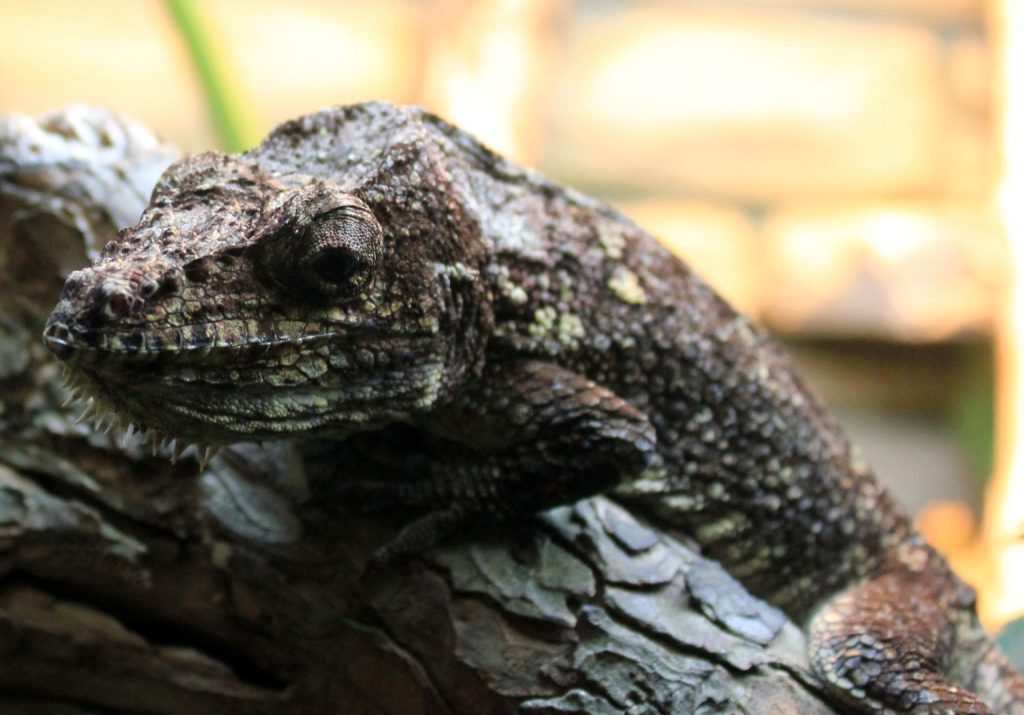
Why Choose a Western Bearded Anole?
Western Bearded Anoles are ideal for reptile lovers who want a visually striking, active, and engaging pet that doesn’t require constant handling. Unlike more social reptiles, these anoles thrive when given a well-structured habitat that mimics their natural environment.
Key Reasons to Consider This Species
✔ Unique Appearance – Their bearded throat display, textured skin, and slow, deliberate movements resemble miniature chameleons.
✔ Engaging Behaviors – They are active hunters, using their independently moving eyes to track prey.
✔ Moderate Size – Adults reach 8-10 inches, making them manageable in a 20-gallon vertical terrarium.
✔ Long Lifespan – With proper care, they can live 5-8 years or more.
However, they are not ideal for beginners who want a handleable pet, as they are naturally skittish and stress easily.
Handling and Temperament
Western Bearded Anoles are not typical “lap pets.” They are observational reptiles, meaning they are best enjoyed from a distance rather than through frequent handling.
Personality Traits
- Shy but Curious – They may freeze or hide when approached but will explore their surroundings when comfortable.
- Limited Tolerance for Handling – Some individuals may tolerate brief handling, but excessive interaction can cause stress.
- Territorial Displays – Males may puff out their beard-like throat fan to show dominance.
Handling Tips (If Necessary)
- Move slowly to avoid startling them.
- Support their body fully—they are delicate and can injure themselves if they jump.
- Limit handling sessions to once or twice a week at most.
- Never grab the tail, as it can detach (though it does not regrow as impressively as some other lizards).
Care and Maintenance
While not the most demanding reptile, Western Bearded Anoles have specific care needs that must be met for long-term health.
Enclosure Setup
✔ Tank Size: Minimum 20-gallon tall terrarium for one adult (larger is better).
✔ Climbing Space: Being arboreal, they need branches, vines, and foliage for climbing.
✔ Substrate: Coconut fiber, sphagnum moss, or bioactive soil to retain humidity.
✔ Hiding Spots: Provide cork bark tubes, live plants (pothos, ferns), and foliage for security.
Humidity & Temperature
- Humidity: 60-80%, maintained via daily misting and a hygrometer.
- Temperature Gradient:
- Basking Spot: 85-90°F
- Cool Zone: 75-80°F
- Nighttime Drop: Can go down to 70°F safely.
- Lighting: UVB lighting (5.0-7.0) is essential for calcium metabolism.
Feeding & Diet
- Primary Diet: Gut-loaded insects (crickets, roaches, silkworms, occasional waxworms).
- Supplementation: Calcium (without D3 if using UVB) + multivitamins 2-3 times a week.
- Feeding Schedule: Every 1-2 days for adults, daily for juveniles.

Health and Durability
When kept in optimal conditions, Western Bearded Anoles are relatively hardy, but poor husbandry can lead to health issues.
Common Health Concerns
- Metabolic Bone Disease (MBD) – Caused by lack of UVB or calcium deficiency.
- Respiratory Infections – Due to incorrect humidity or poor ventilation.
- Parasites – Wild-caught specimens may need fecal checks by a vet.
- Stress-Related Issues – Overhandling or improper habitat can weaken their immune system.
Preventative Care
✔ Regularly monitor temperature & humidity.
✔ Provide UVB and proper supplementation.
✔ Quarantine new reptiles before introducing them.
✔ Minimize stress by avoiding excessive handling.
Availability and Cost
Western Bearded Anoles are not as common as other reptiles, so finding them may require some effort.
Where to Buy
- Reputable Breeders (Best option for healthy, captive-bred specimens).
- Reptile Expos (Great for seeing them in person before purchasing).
- Specialty Online Stores (Ensure they have good reviews).
Cost Breakdown
- Lizard Price: $50 to $150+ (Rare morphs may cost more).
- Enclosure Setup: $200 to $400 (Terrarium, lighting, decor, etc.).
- Ongoing Costs: $20 to $40/month (Food, supplements, substrate).
Pros and Cons
Pros
✅ Unique, chameleon-like appearance.
✅ Engaging hunting behaviors.
✅ Moderate care requirements (once set up).
✅ Quiet and space-efficient.
Cons
❌ Not ideal for frequent handling.
❌ Requires precise humidity and UVB lighting.
❌ Less common, so sourcing may be difficult.
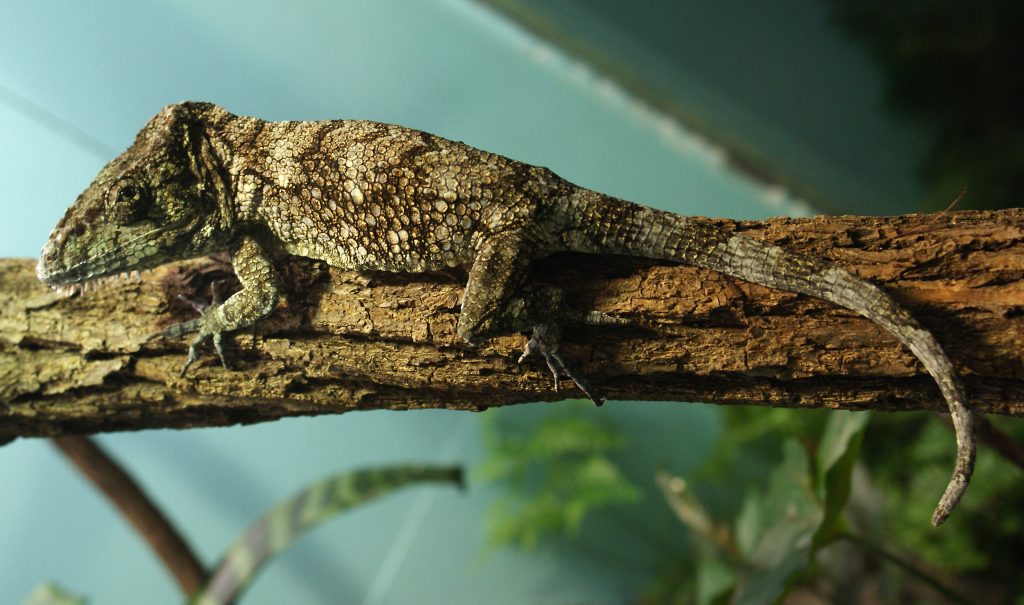
Final Thoughts
The Western Bearded Anole is a fascinating, visually stunning reptile that offers a unique alternative to more common pet lizards. While they require moderate care and proper setup, their natural behaviors and striking appearance make them a rewarding choice for dedicated keepers.
If you’re looking for a low-maintenance, observational pet with chameleon-like charm, this species is well worth considering.
Have you kept a Western Bearded Anole before? Share your experiences below—we’d love to hear your tips!
For more reptile care guides, stay tuned to our blog! 🦎




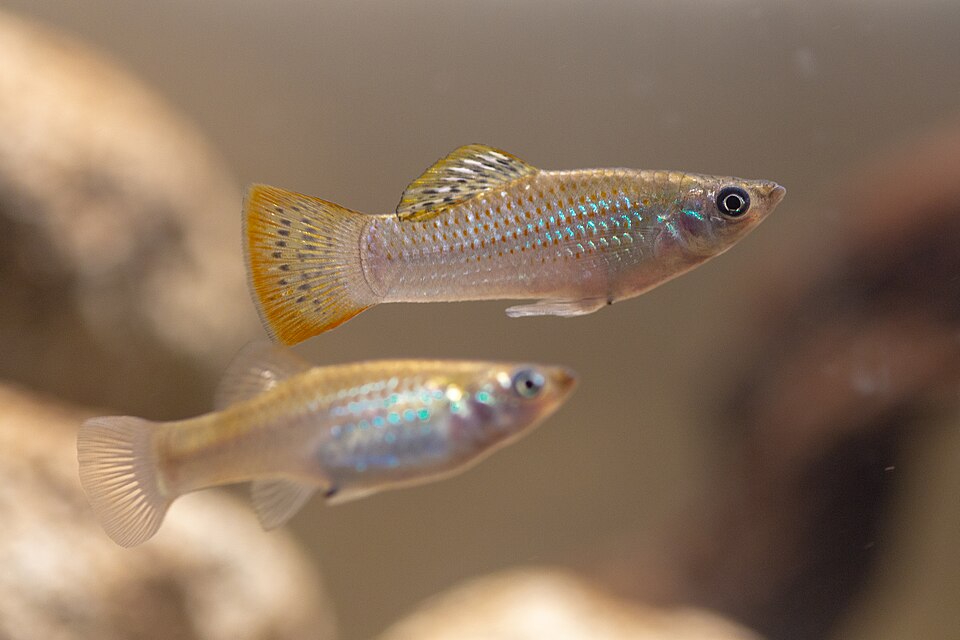

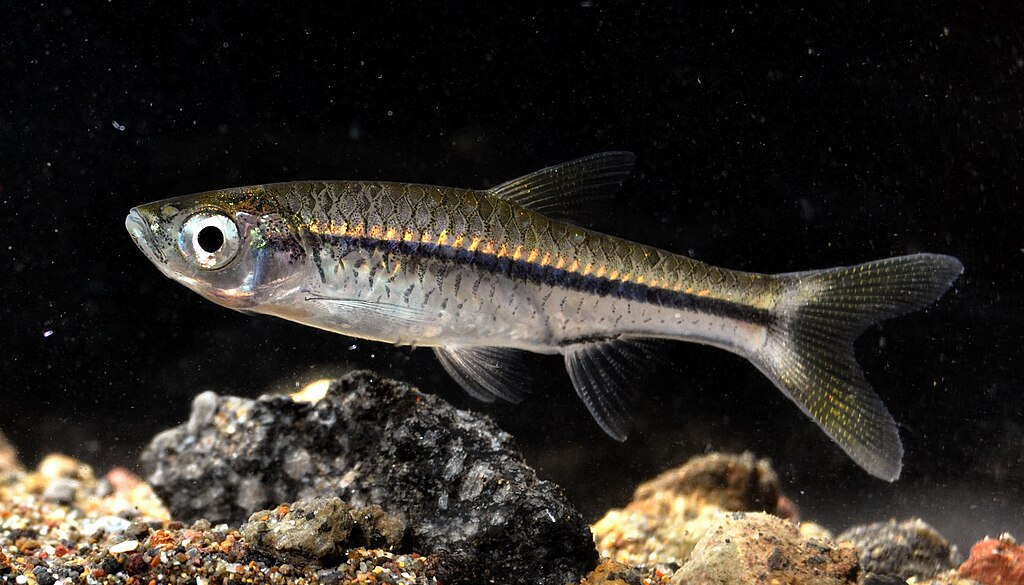
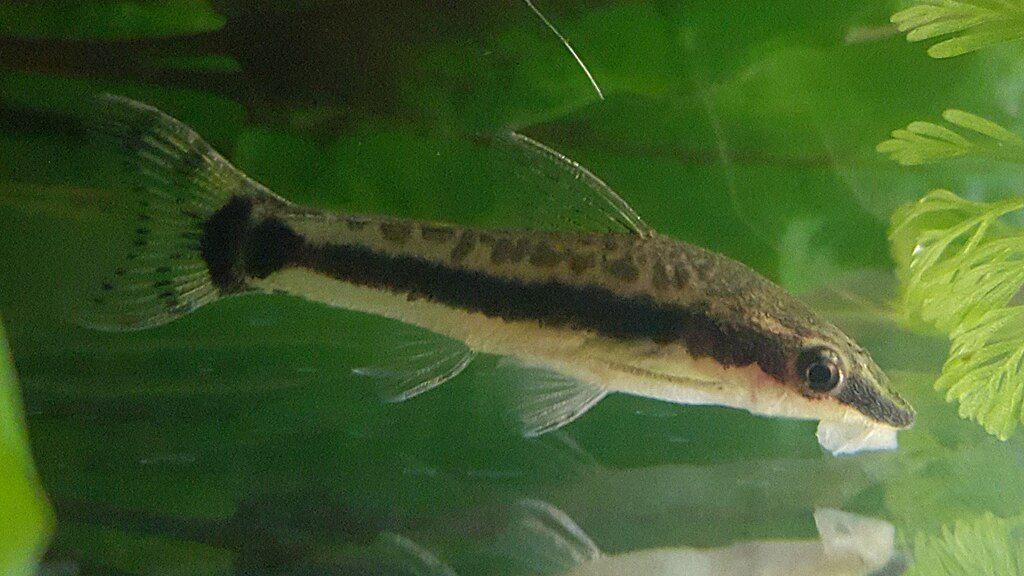
Leave a Reply